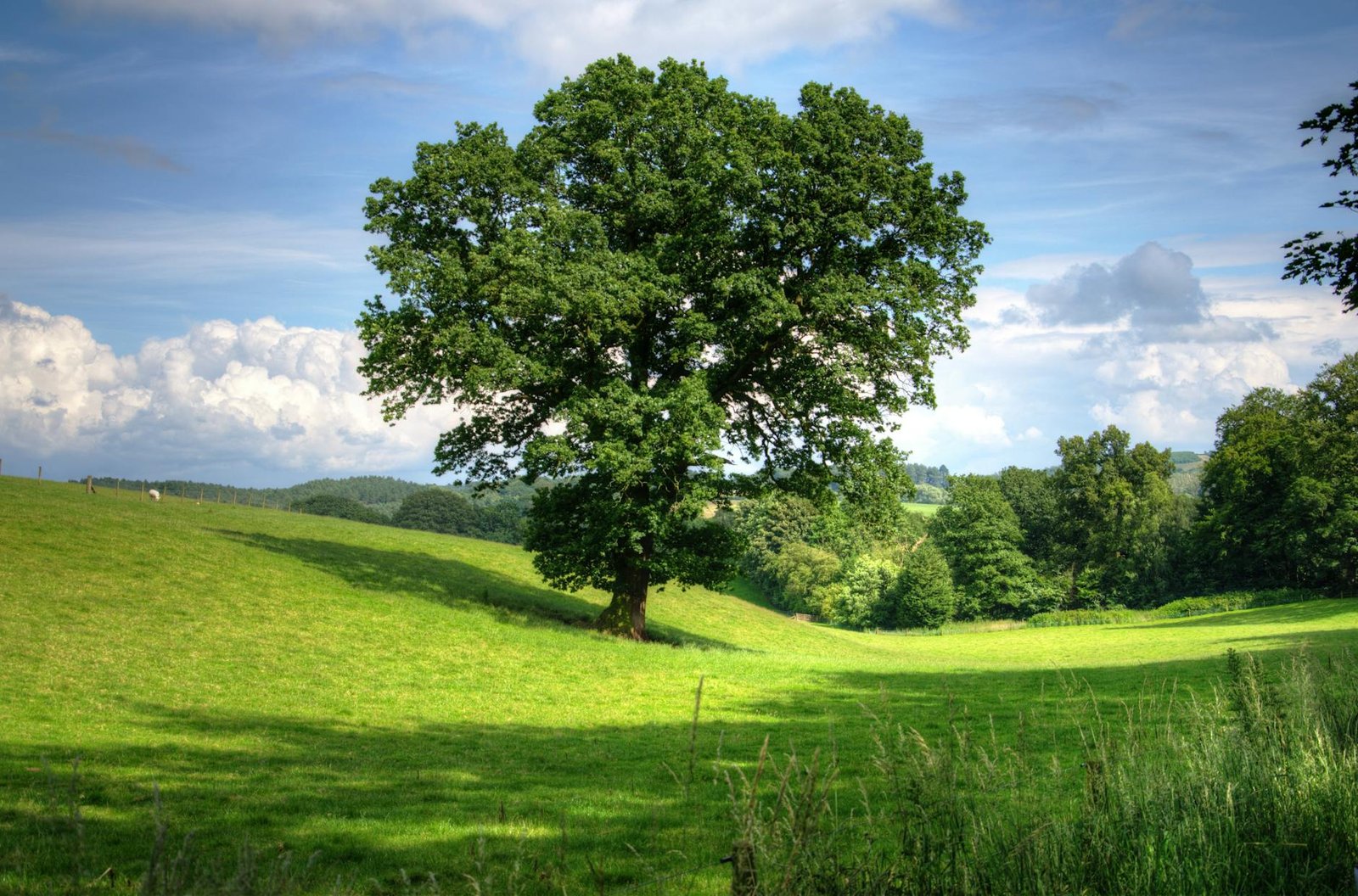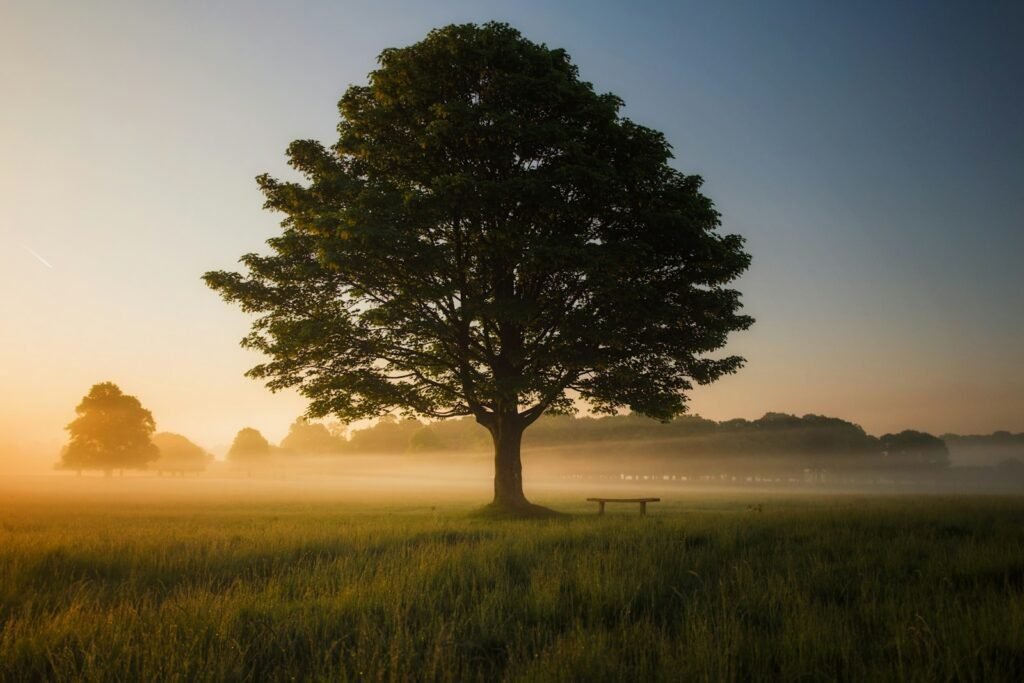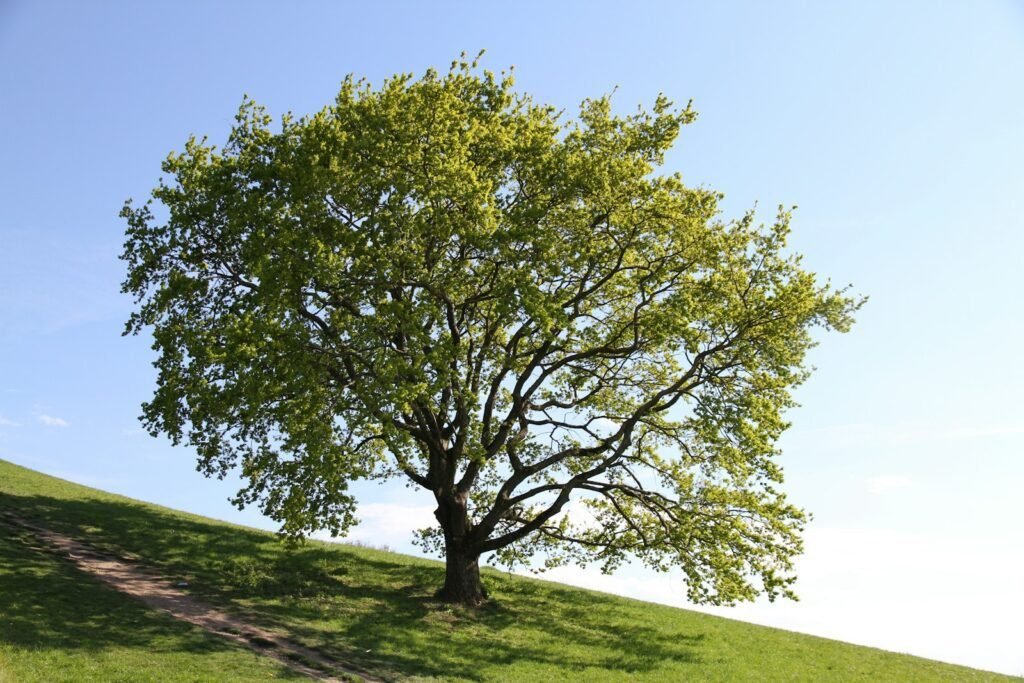An Introduction to Tree Protection in Construction
How important are trees on a construction site?
More than you might think!
In this article, we’ll examine the significant role trees play in preserving the environment and enhancing the value of properties. Furthermore, we’ll discuss how they contribute not only to the aesthetic appeal but also the financial value of a project.
Bothered about the legal obligations?
Fear not, as we’ll clarify tree protection regulations and provide insights on how to comply with local ordinances. We will examine the practical aspects by looking at measures that can be taken to safeguard trees during construction activities. Are you aware of the recently enacted Oak Protection Law in California, or the function of tree guards in construction?
Whether you’re a seasoned professional in the construction industry or simply curious about the connection between construction and environmental preservation, this comprehensive guide is poised to equip you with invaluable insights.
“The true meaning of life is to plant trees, under whose shade you do not expect to sit”. With these famous words from Nelson Henderson, let’s see how protecting trees fits into construction projects.
Table of Contents
Construction Terms: What Tree Protection Means
Understanding Tree Protection in Construction
Tree protection is a vital concept in construction that focuses on preserving trees during building activities. Trees offer environmental benefits and enhance the aesthetic and financial value of properties. Protecting them during construction projects not only preserves these benefits but also aligns with environmental regulations.
The Role of Trees in Construction Sites
- Environmental Impact: Trees absorb carbon dioxide and release oxygen, contributing to cleaner air.
- Soil Stability: Roots help prevent soil erosion by binding the soil together.
- Shade and Temperature Regulation: Trees provide shade, helping to maintain cooler temperatures on-site.
- Increased Property Value: A well-maintained natural landscape is often seen as an asset.
Tree Protection Measures in Construction
There are several measures that can be taken to protect trees during construction:
1. Tree Protection Zones (TPZ)
TPZs are areas designated around trees to protect their trunks, roots, and canopy from damage. This is often done by installing physical barriers.
2. Root Protection
Avoid trenching or digging near a tree’s root zone. Use alternatives like directional boring or tunneling.
3. Soil Management
Prevent soil compaction by limiting heavy equipment traffic around trees. Use load-spreading equipment if necessary.
4. Pruning and Maintenance
Regularly prune trees to remove dead or hazardous branches. This helps address potential safety issues for workers and residents alike.
5. Monitoring and Inspection
Designate an arborist or tree expert to oversee tree protection measures and monitor the health of the trees throughout the building process.
Construction Guidelines and Regulations
Regulations for tree protection can vary depending on the location and specific requirements of the project. Many jurisdictions have environmental protection laws in place that mandate tree preservation during construction. Reviewing local ordinances and environmental guidelines is essential.

Why Tree Protection Matters in Construction
The Importance of Preserving Trees
During a construction project, the presence of mature trees can often be overlooked, especially with bustling work and the extensive equipment use. However, trees are more than just natural scenery. They serve as effective windbreakers, significantly reducing the wind load on nearby structures. Moreover, they contribute to the biodiversity of the site, providing habitats for various bird species, insects, and smaller trees. A site with a rich variety of life forms can help boost public image and portrays the construction company as environmentally conscious.
How Construction Activities Impact Trees
Several construction practices can adversely affect trees and their ecosystems. Heavy machinery can compact soil around trees, hindering water absorption and root growth. Incidental damage to tree trunks and branches can open pathways for pests and diseases. Additionally, modifications in topography, such as changes in soil level or water drainage, can negatively impact tree health.
Steps to Implement Tree Protection in Construction
Conduct Tree Assessment
Before construction begins, a thorough tree assessment should be carried out by a certified arborist. The assessment is aimed at identifying valuable and healthy trees for preservation, trees that may pose risks during construction, and those that could be impacted by construction activities.
Establish a Tree Preservation Plan
Following the tree assessment, a proactive tree preservation plan should be put in place. The plan should detail the means and methods for protecting selected trees based on their health, species, and location. This plan should be communicated to all project workers to prevent inadvertent tree damage.
Post-Construction Tree Care
Tree protection does not only end with completion of construction. Post-construction tree care, including watering, mulching, and monitoring, is vital to help trees recover from any potential stress and ensure their longevity.
Tree Protection Ordinances and Compliance
To enforce the practice of tree protection in construction, most cities have tree protection ordinances that are binding on construction projects. Non-compliance can lead to severe penalties, including fines and project delays. Therefore, understanding local tree protection laws and incorporating compliance measures into construction planning is vital.
To get more details about tree protection laws, the Oregon Department of Forestry website offers comprehensive information on tree protection regulation.

The Purpose of Tree Guards in Construction
Understanding Tree Guards
Tree guards are specific tools in the construction industry intended to provide physical protection to trees, particularly their lower parts like the trunk and basal flare. They act as the first line of defense against various construction-related activities that pose risks to these natural assets.
Why Tree Guards Are Necessary
Tree guards serve several purposes during construction projects:
- Physical Barrier: Tree guards provide a physical barrier that shields the tree trunk from mechanical damage caused by construction equipment or accidental contact.
- Protection Against Vandalism: They deter intentional damage or vandalism, an unfortunately common issue on unprotected construction sites.
- Prevention of Soil and Debris Accumulation: During construction, soil and debris can accumulate at the base of trees, leading to potential root suffocation. Tree guards help keep this area clear.
- Visual Indicator: They act as a visual cue for workers, indicating that the area around a tree is a no-go zone to prevent unintentional damage.
Types of Tree Guards
Tree guards vary in design and material, catering to different needs and site conditions:
- Metal Guards: Often used for heavy-duty protection; made from materials like steel, they offer robust defense against large equipment.
- Plastic Guards: These are lightweight and easy to install, providing a flexible yet effective protection solution.
- Wooden Guards: Eco-friendly options that blend aesthetically with the natural environment, though they may require more maintenance.
Integrating Tree Guards Into Construction Planning
Planning and Installation
The installation of tree guards should be carefully planned. This includes:
- Early Assessment: Identify which trees require guards during the initial tree assessment phase.
- Proper Installation: Ensure that guards are installed without damaging the tree itself – they should not constrict or compress the tree trunk.
- Regular Inspection: Schedule regular inspections to check on the effectiveness and condition of guards, adjusting as needed throughout the project.
Collaboration with Arborists
Working closely with certified arborists ensures the tree guards are appropriate for each specific tree type and site condition. This expertise is vital in optimizing tree protection and maintenance strategies.
For more insights into various tree protection measures and urban forest management, visit the Arbor Day Foundation website.
An Example: New Oak Tree Protection Law in California
Overview of the New Legislation
California has recently enacted a significant law to protect its iconic oak trees, focusing on preserving these vital ecological treasures during construction and other land-altering activities. This legislation reflects the state’s commitment to environmental conservation and addresses the risk posed by urban development to native oak species.
Key Aspects of the Law
- Protected Species: The law primarily targets native oak species, including the Blue Oak, Valley Oak, and Live Oak, among others, recognizing their ecological importance.
- Permit Requirements: Property owners and developers must obtain special permits before removing or altering oak trees. This process includes a thorough environmental assessment.
- Compensation and Replanting: If oak trees are removed, the law mandates that developers replace them with new plantings and contribute to conservation funds to offset environmental impact.
- Preservation Zones: Certain areas are designated as oak tree preservation zones where construction activities are restricted to protect mature trees.
Implications for Construction Projects
The introduction of this law means that construction companies must adjust their planning and execution strategies. This includes accounting for oak tree locations and complying with preservation requirements, potentially impacting project timelines and budgets. Additionally, collaboration with environmental consultants and arborists will be essential in ensuring compliance and minimizing ecological disruption.
Environmental Significance
Oak trees contribute significantly to California’s biodiversity. They provide habitats for numerous species and play an important role in maintaining soil health and water quality. By safeguarding these trees, the law aims to enhance the state’s environmental resilience in the face of climate change challenges.

Steps to Comply with the Oak Tree Protection Law
Pre-Construction Planning
Before construction begins, developers must identify oak trees on-site and assess their health and ecological value. Having a certified arborist conduct this assessment ensures that all regulatory requirements are met and important trees are identified for preservation.
Developing a Mitigation Plan
Once oak trees are cataloged, developers should create a detailed mitigation plan. This plan will outline the strategies for either preserving the trees during construction or providing adequate compensation and replanting if removal is unavoidable.
Engagement with Local Authorities
Working closely with local environmental agencies facilitates smoother compliance with the law. Regular updates and communication can help address any issues promptly, reducing potential fines or project delays.
Post-Construction Monitoring
After the construction project is completed, continue monitoring the health of the preserved or newly planted oak trees. Regular inspections can help ensure that the mitigation measures are effective and the trees are thriving in their new or existing environment.
Wrapping Up Tree Protection in Construction
Undeniably, trees play an indispensable role in construction sites, providing environmental benefits, soil stability, temperature regulation, and boosting property value. To ensure their protection during construction activities, various measures should be taken into account such as the establishment of Tree Protection Zones (TPZ), root protection, soil management, regular pruning, and continuous monitoring.
Adherence to local construction guidelines and environmental regulations is also important to ensure tree preservation during construction. Ignoring this could result in potential penalties and project delays. Additionally, developers should also focus on post-construction tree care and monitoring to ensure their health and longevity.
In this respect, tree guards provide an effective line of defense against potential damage from construction activities. These tools shield trees from accidental contact with construction machinery and prevent soil and debris buildup.
Furthermore, California’s recent Oak Tree Protection Law highlights the increasing commitment to preserving these natural assets. This law mandates special permits for removing or altering oak trees during construction, enforcing replanting measures, and establishing oak tree preservation zones.
Frequently Asked Questions – FAQs
What is the importance of tree protection in construction?
Tree protection in construction helps preserve the environmental, aesthetic, and financial value of properties. It also promotes compliance with environmental regulations and contributes to soil stability and temperature regulation on-site.
How can trees be protected during construction?
Trees can be protected by creating Tree Protection Zones, protecting roots, managing soil, pruning and maintenance, and through regular monitoring and inspection. Tree guards can also be used to provide physical protection to trees.
What is the Oak Tree Protection Law in California?
The Oak Tree Protection Law in California is a regulation that aims to preserve native oak trees during construction activities. It mandates obtaining special permits for tree removal, stipulates replanting requirements, and establishes oak tree preservation zones.
How can construction projects comply with the Oak Tree Protection Law?
Construction projects can comply with this law through detailed pre-construction planning, developing mitigation plans for tree preservation, fostering engagement with local authorities, and maintaining post-construction monitoring of oak trees.






